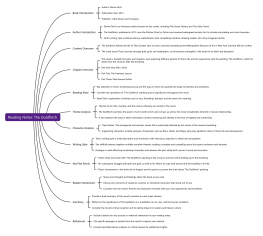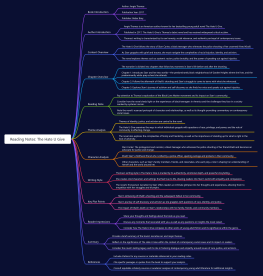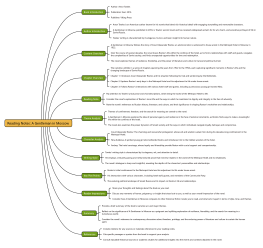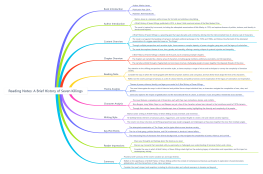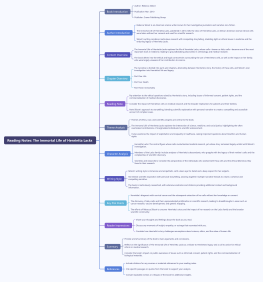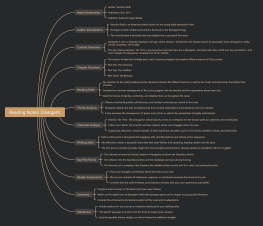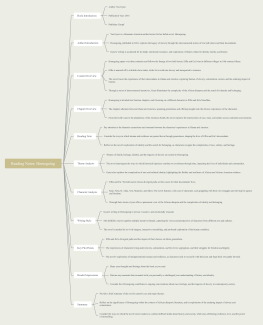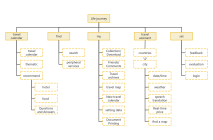
A Little Life-Hanya Yanagihara: Book Summary
0 Report
This summary of 'A Little Life' by Hanya Yanagihara provides an in-depth look into the novel's key elements and themes, optimized for the latest Google SEO principles. The book, published in 2015 by Doubleday, is Yanagihara's second novel and was shortlisted for the Man Booker Prize. Known for her exploration of trauma, friendship, and identity, Yanagihara's writing is characterized by emotional depth and vivid imagery. The story follows four college friends—Jude, Willem, JB, and Malcolm—as they navigate their lives in New York City. Central to the narrative is Jude St. Francis, a talented lawyer with a traumatic past that he struggles to overcome. Spanning several decades, the novel delves into personal struggles, relationships, and the long-lasting impact of trauma. The book is divided into multiple parts, each focusing on different stages of the characters' lives. Part One introduces the characters and Jude's painful past, while Part Two explores their professional and personal lives. Part Three delves deeper into Jude's past and his bond with Willem. Key themes include trauma, friendship, love, and identity. Yanagihara examines how trauma shapes individuals and relationships, and the power of friendship and love to provide solace. The novel also explores the search for meaning and belonging amidst suffering. Character analysis highlights Jude's struggle with self-harm and identity, Willem's unwavering support, JB's insecurities masked by success, and Malcolm's issues with race and privilege. Yanagihara's writing style is noted for its lyrical prose, emotional depth, and nonlinear narrative structure, creating a rich reading experience. Key plot points include Jude's traumatic past, his bond with Willem, and the characters' struggles with love and ambition. Reader impressions encourage sharing personal thoughts and moments that resonate, relating the novel's themes to one's own experiences. The summary reflects on the novel's significance in contemporary literature, its exploration of trauma and resilience, and its impact on readers.
Related Recommendations
Other works by the author
Outline/Content
See more
Book Introduction
Author: Hanya Yanagihara
Publication Year: 2015
Publisher: Doubleday
Author Introduction
Hanya Yanagihara is an American novelist and editor known for her works exploring themes of trauma, friendship, and identity.
A Little Life, published in 2015, is Yanagihara's second novel and was shortlisted for the Man Booker Prize.
Yanagihara's writing is characterized by its emotional depth, vivid imagery, and exploration of complex relationships.
Content Overview
A Little Life follows the lives of four college friends—Jude, Willem, JB, and Malcolm—as they navigate friendship, love, and trauma in New York City.
At the center of the novel is Jude St. Francis, a talented lawyer with a traumatic past that he struggles to confront and overcome.
The narrative spans several decades, delving into the characters' personal struggles, relationships, and the impact of trauma on their lives.
Chapter Overview
The novel is divided into several parts, each focusing on different stages of the characters' lives and relationships.
Part One: Introduces the main characters and their college years, as well as Jude's mysterious and painful past.
Part Two: Explores the characters' professional and personal lives in New York City, including their struggles with love, ambition, and trauma.
Part Three: Continues to delve into Jude's past and its impact on his relationships, particularly his deep bond with Willem.
Reading Note
Pay attention to Yanagihara's exploration of trauma and its effects on individuals and relationships.
Consider the ways in which the characters' pasts shape their present experiences and behaviors.
Note the novel's themes of friendship, love, and sacrifice, as well as its examination of the nature of suffering and resilience.
Theme Analysis
Themes of trauma, friendship, love, and identity are central to the novel.
A Little Life explores the ways in which trauma can shape individuals' lives and relationships, as well as the power of friendship and love to provide solace and support.
The novel also examines the complexities of identity and the search for meaning and belonging in the face of profound suffering.
Character Analysis
Jude St. Francis: The protagonist of the novel, whose traumatic past and struggle with self-harm and identity form the core of the narrative.
Willem Ragnarsson: Jude's closest friend and confidant, whose unwavering love and support are central to Jude's journey.
JB Marion: A talented artist and another member of the group, whose success and hedonistic lifestyle mask his own insecurities and struggles.
Malcolm Irvine: A successful architect and the most financially successful member of the group, who grapples with issues of race, privilege, and belonging.
Writing Style
Yanagihara's writing style in A Little Life is characterized by its lyrical prose, emotional depth, and attention to detail.
She employs a nonlinear narrative structure, weaving together past and present events to create a rich and immersive reading experience.
The novel's intimate third-person perspective allows readers to delve deeply into the characters' thoughts, emotions, and experiences.
Key Plot Points
Jude's traumatic past and its impact on his relationships and mental health.
The deep bond between Jude and Willem, and its evolution over the course of the novel.
The characters' struggles with love, ambition, and identity, as well as their efforts to confront and overcome their past traumas.
Reader Impressions
Share your thoughts and feelings about the book as you read.
Discuss any moments that resonated with you personally or challenged your understanding of trauma, friendship, and resilience.
Consider how the novel's themes and characters relate to your own experiences and beliefs about love, suffering, and the human condition.
Summary
Provide a brief summary of the book's narrative arc and major themes.
Reflect on the significance of A Little Life within the context of contemporary literature, particularly its exploration of trauma and resilience.
Consider the novel's impact on readers and its portrayal of complex human emotions and relationships.

0 Comments
Next Page
